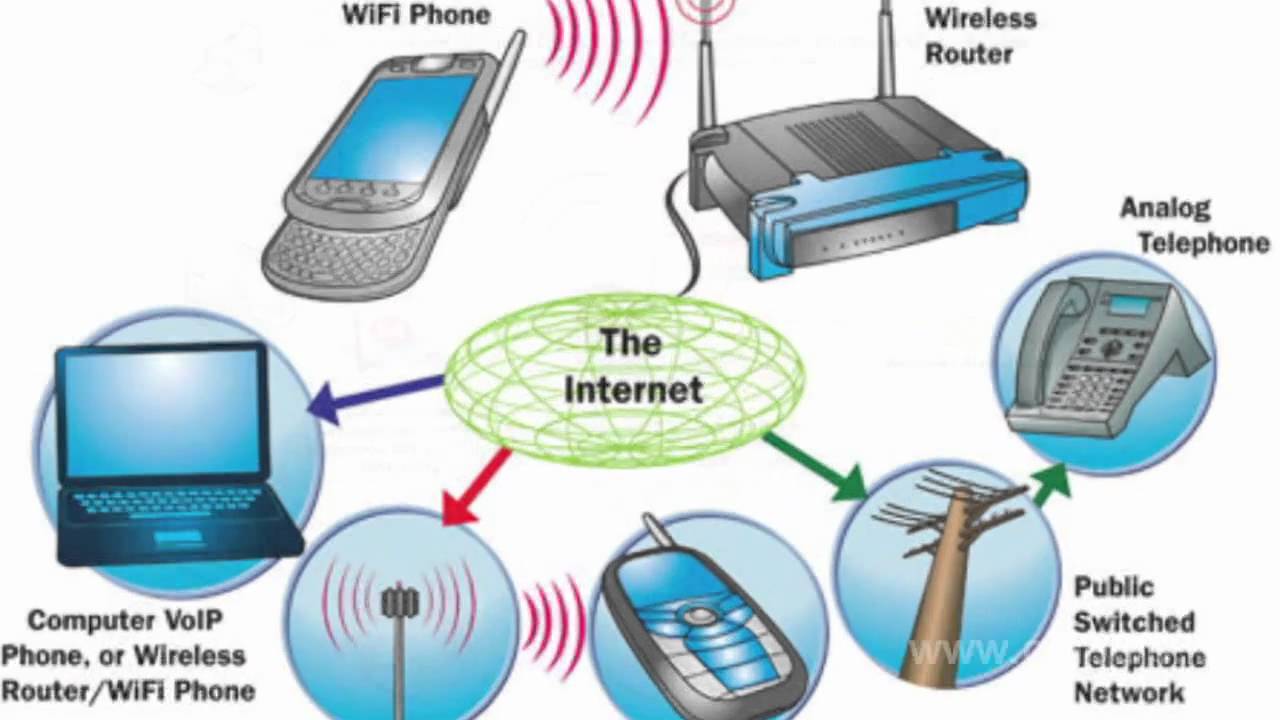
The word wireless means “having no wires”. Wireless technology enables us to interact without using cables or wires. People and other entities can communicate over very long distances with wireless technologies. Wireless technology combines RF (Radio Frequency) and IR (Infrared) waves. It is used frequently for data transmission.
About wireless technologies that have made our life easier.
There are many wireless technologies so ,In this blog we discussed about some very useful technologies that makes our life easier.
First we will know the wireless term history:
The term wireless has been used twice in communications history, with slightly different meaning. It was initially used from about 1890 for the first radio transmitting and receiving technology, as in wireless telegraphy, until the new word radio replaced it around 1920. Radio sets in the UK and the English-speaking world that were not portable continued to be referred to as wireless sets into the 1960s. The term wireless was revived in the 1980s and 1990s mainly to distinguish digital devices that communicate without wires, such as the examples listed in the previous paragraph, from those that require wires or cables. This became its primary usage in the 2000s, due to the advent of technologies such as mobile broadband, WiFi and Bluetooth.
what is wireless communication:
Wireless communication (or just wireless, when the context allows) is the transfer of information between two or more points without the use of an electrical conductor,optical fiber or other continuous guided medium for the transfer. The most common wireless technologies use radio waves. With radio waves, intended distances can be short, such as a few meters for bluetooth or as far as millions of kilometers for deep-space-radio-communications.
Wireless Technologies:
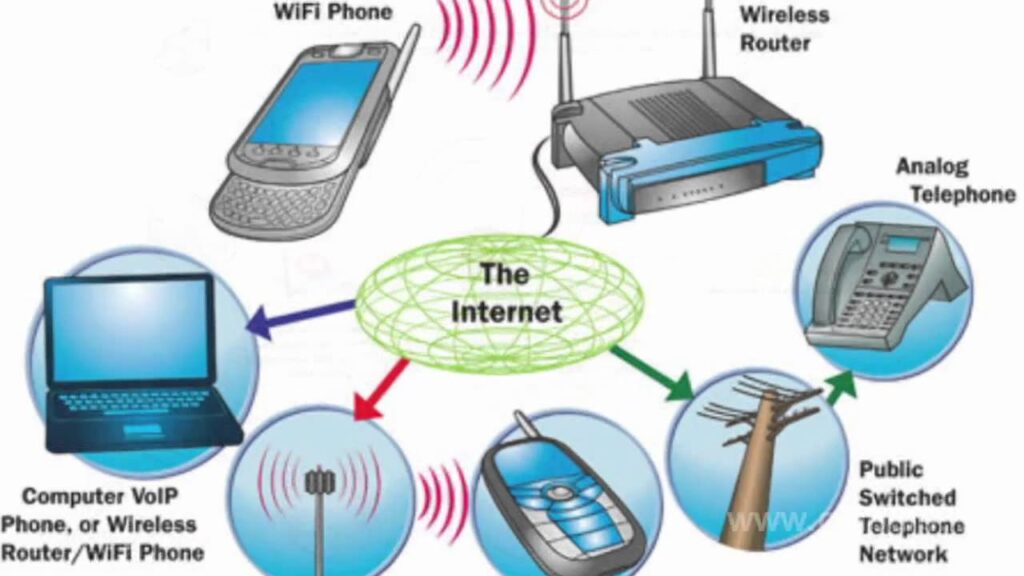
The wireless technology is categorized depending on the type of applications in the real world.
Satellite Communication

Satellite communication is a self-contained wireless communication technology, which is extensively spread all over the world, allowing users to stay connected around the earth.
The satellite transmission consists of a space portion and a ground portion. When the satellite sends a signal through a device, the satellite enhances the signal and sends it back to the receiver antenna located on the surface. The ground portion consists of a transmitter, receiver, and the space portion, which is the satellite itself.
Portable satellite phones and modems have powerful broadcast features and reception hardware than cellular devices due to the extended range.
Infrared Communication
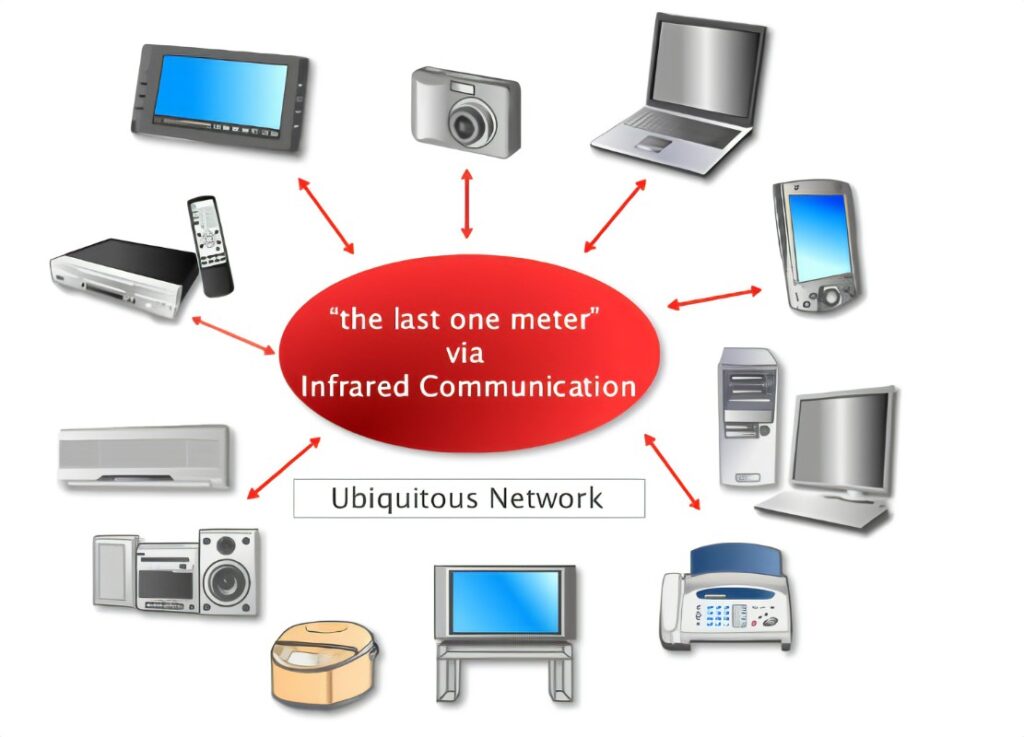
Infrared wireless communication conveys information in a device or system via IR radiation. IR is electromagnetic energy with a wavelength longer than that of red light. It is used for security control, TV remote control, and short-range communications.
Infrared devices need to keep a constant line of sight between the devices and are more stable over short ranges. Most handheld devices and laptops have a built-in infrared port to exchange data with each other.
Broadcast Radio

The first wireless communication technology is open radio communication. Radio broadcasts sound through the air as radio waves with its transmitter that transmits the data in the form of radio signals to the receiver antenna. Handy multi channel radios allow a user to speak over short distances, and maritime radios offer communication services for sailors. Radio broadcasting happens via cable FM and satellites over long distances at up to two megabits/sec.
Microwave Communication
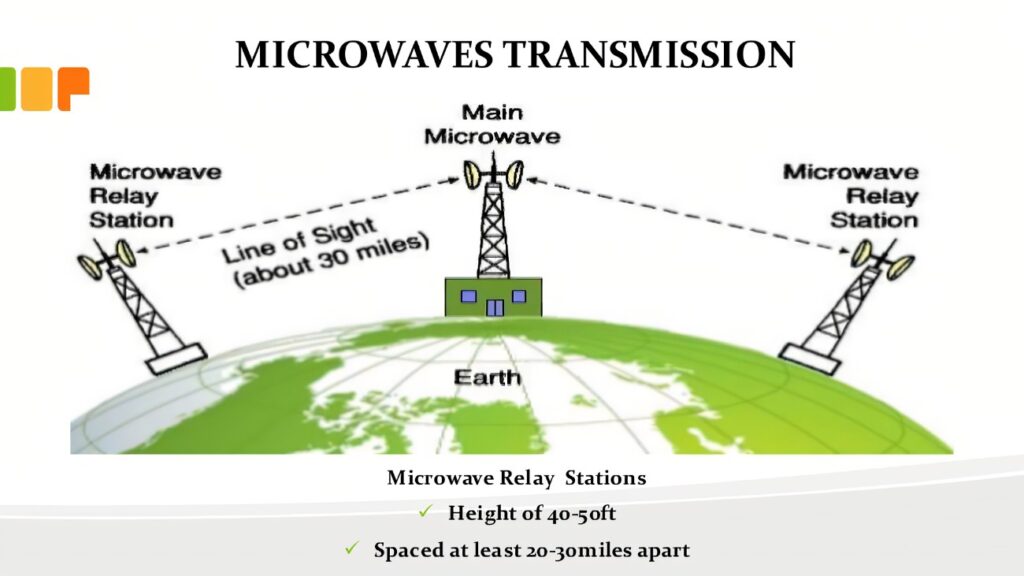
Microwave wireless communication uses radio waves. Here, the data can be transferred using the satellite method & the terrestrial method. Microwave wireless technology allows two devices to communicate using microwave dishes that have aligned with each other.
The microwave electromagnetic radiation has wavelengths ranging from one meter to one millimeter, or equivalently, with a frequency within 300 MHz (0.3 GHz) and 300 GHz. Its exposure to people can cause water in the eyes, which is a clouding of the lens, preventing oneself from seeing clearly & affecting parts of the brain.
Wireless fidelity

Wi-Fi is a low power wireless communication system used by various electronic gadgets like smartphones, laptops. Wi-Fi is a common networking application that affords portability wirelessly. We use Wi-Fi for data transmission and wireless communication. It is cheap and often results in faster & reliable internet access.
Mobile Communication Systems

Mobile telephones are called cellular technology. A mobile network is a wireless network spread over ground areas location transceiver, known as a cell site or base station. Every telephone communicates with a nearby transmitter, which switches as the phone moves around a location.
Mobile phones range of networks to accommodate coverage is large & similar to GPS devices, phones use signals from satellites to communicate.
Bluetooth Technology
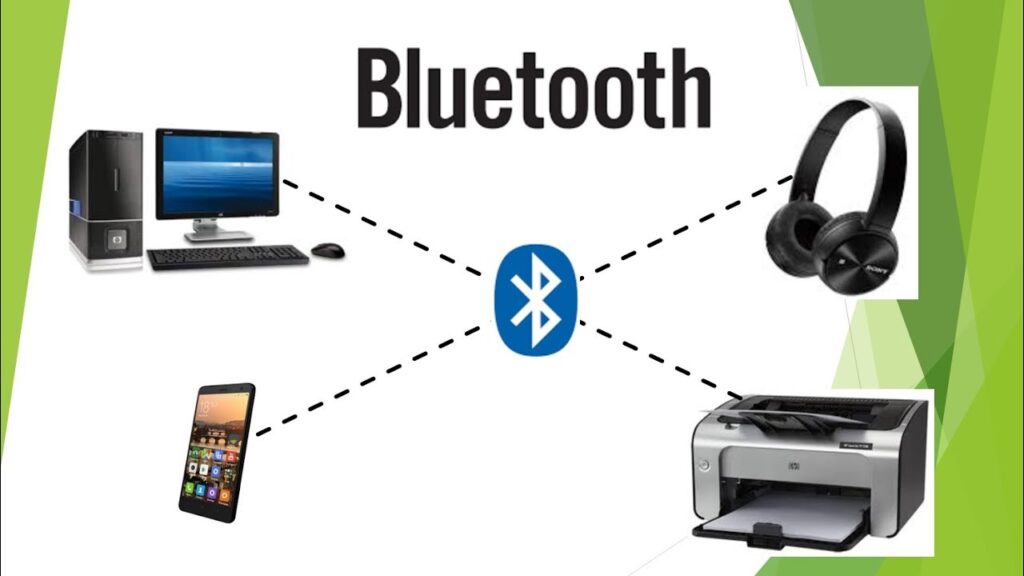
Bluetooth is named after the 10th-century Danish Viking, King Harald Blatand (translated as ‘Bluetooth’ in English). He assembled and controlled Denmark and Norway, henceforth the association of joining devices through Bluetooth. Legend has it that he liked eating blueberries so much that his teeth became tainted with the color of the fruit, giving ascent to his name!
The primary purpose of the Bluetooth technology is that it permits you to connect multiple electronic devices wirelessly to a system for transferring data. Cell phones are now connected to hands-free earphones, mouse, wireless keyboard.
Therefore, as you may now reasonably have noticed, the only general thing in Wireless technology is the carrier frequency that lets it to transmit over the air and travel with any associated accepted applications.
Generations of Wireless Technologies
Wireless systems include different generations of wireless technologies – 1G, 2G, 2.5G, 3G, 4G, and 5G.
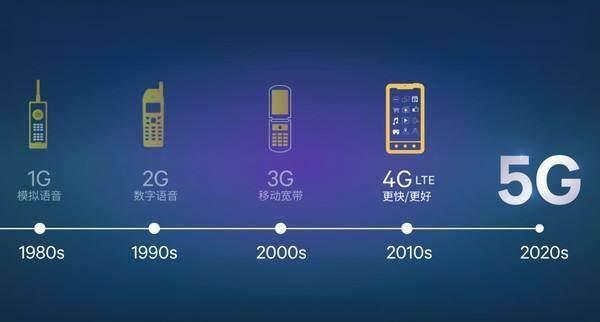
Conclusion
So, these are wireless technologies that are making your life easier. Work Flexibility, Mobile computing is the new way to work, Customer Service improved through Emails and other online correspondence & Enhanced Collaboration by modern startups and small businesses. Small businesses typically striving with budgets have found out wireless internet as a godsend technology.
Finally, Paperless Environment is the most valuable achievement through wireless technology. The environmental impact created by printed documents is reduced and can be reduced to none. These are the reasons for believing as wireless technology is a blessing to us.
website: www.digihubsolution.com
Facebook Id: digihubitsolution
Linkedin id: digihubitsolution
Email-id: [email protected]
Contact details:
Landline-no:+911353558143
Mobile-no:+919808724448
Author name: Digihubsolution

